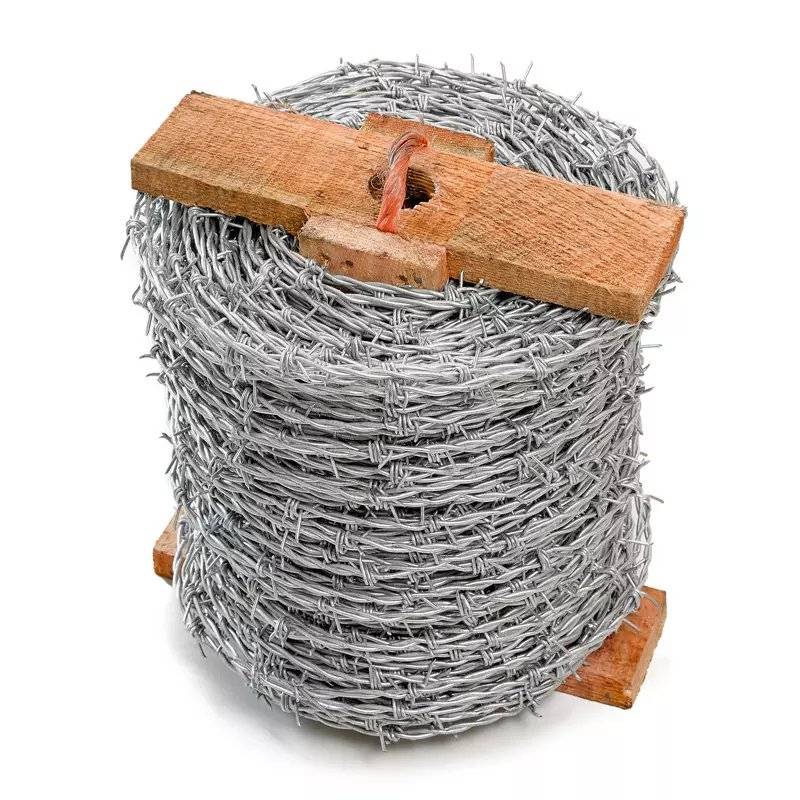Building Durable Cattle Panels through Welding Techniques for Livestock Enclosures
Welding Cattle Panels A Comprehensive Guide
Welding cattle panels is a critical task for farmers and ranchers who aim to create sturdy and durable enclosures for their livestock. Cattle panels are made from heavy-gauge wire and are designed to provide a strong barrier that keeps cattle safe while allowing for adequate ventilation and visibility. This article will explore the importance of welding cattle panels, the materials required, the welding process, and tips for ensuring the best results.
Importance of Cattle Panels
Cattle panels serve several vital functions on a farm. They not only offer security for cattle but also can be used for various applications, including fencing, hay storage, and even as part of a corral system. A strong and reliable fence helps prevent the escape of cattle and protects them from potential predators. Additionally, properly structured panels can create a safe environment for both livestock and handlers, reducing the risk of accidents.
Materials Needed
To successfully weld cattle panels, you will need several materials and tools. The primary material is the cattle panel itself, which typically consists of 16-gauge or heavier wire. In addition, you will need strong metal posts for support, which can be made of wood, steel, or galvanized metal. Other essential tools include a welding machine, protective gear such as gloves and a helmet, cutting tools, and measuring equipment.
The Welding Process
The welding process begins with careful planning. Start by measuring the area where the panels will be installed to ensure the correct dimensions. Once the measurements are taken, cut the panels and posts to size. It’s crucial to ensure that all cuts are clean for better adherence during welding.
welding cattle panels

Next, set up your welding machine according to the manufacturer’s instructions. It’s essential to wear protective gear throughout the process to safeguard against sparks and harmful ultraviolet light. Begin by aligning the panels with the posts and securing them in place with clamps or temporary fasteners.
Once everything is in position, start the welding process. Use a technique that suits the materials being worked with; MIG welding is commonly used for cattle panels due to its efficiency and ease of use. Ensure that you maintain a steady hand and follow a consistent weld pattern to create strong joints. After welding is complete, allow the joints to cool before removing any clamps.
Tips for Best Results
For the best results when welding cattle panels, consider the following tips
1. Preparation is Key Ensure that all materials are clean and free from rust or corrosion before you begin welding. 2. Practice If you’re new to welding, practice on scrap pieces of metal to refine your skills before working on the actual panels.
3. Quality Over Speed Take your time during the welding process. Rushing can lead to weak welds, which may compromise the integrity of the cattle panels.
4. Regular Maintenance Once the panels are installed, regularly inspect them for signs of wear and tear and re-weld any weak points as necessary.
In conclusion, welding cattle panels is an essential skill for anyone involved in livestock management. By following the proper techniques and safety precautions, you can create durable enclosures that will stand the test of time, ensuring the safety and well-being of your cattle.
-
Space-Saving Chain Fence Hacks Vertical Gardening with Cyclone MeshNewsJul.16,2025
-
Innovations in Iron Nail Wire Production for Modern ConstructionNewsJul.16,2025
-
Creative Uses of Wire Netting Fence in Modern Landscape DesignNewsJul.16,2025
-
Barbed Wire Fence Innovations in Anti-Climb TechnologyNewsJul.16,2025
-
Architectural Uses of Umbrella Nails for Aesthetic Roof DesignsNewsJul.16,2025
-
Architectural Uses of Razor Barbed Wire in Secure Urban DesignNewsJul.16,2025




